MyMe is a clip-on wellness and personal assistant device that receives, decodes and categorizes video and audio input (without making you look silly).
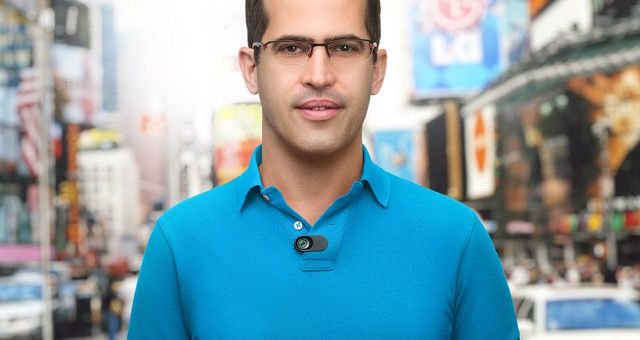


Another data scientist with pragmatic thinking which is badly needed today. Keeping it real with Una-May O’Reilly.
Mumbai: Una-May O’Reilly, principal research scientist at Anyscale Learning For All (ALFA) group at the Massachusetts Institute of Technology Computer Science and Artificial Intelligence Laboratory, has expertise in scalable machine learning, evolutionary algorithms, and frameworks for large-scale, automated knowledge mining, prediction and analytics. O’Reilly is one of the keynote speakers at the two-day EmTech India 2016 event, to be held in New Delhi on 18 March.
In an email interview, she spoke, among other things, about how machine learning underpins data-driven artificial intelligence (AI), giving the ability to predict complex events from predictive cues within streams of data. Edited excerpts:
When you say that the ALFA group aims at solving the most challenging Big Data problems—questions that go beyond the scope of typical analytics—what do you exactly mean?
Typical analytics visualize and retrieve direct information in the data. This can be very helpful. Visualizations allow one to discern relationships and correlations, for example. Graphs and charts plotting trends and comparing segments are informative. Beyond its value for typical analytics, one should also be aware that the data has latent (that is, hidden) predictive power. By using historical examples, machine learning makes it possible to build predictive models from data. What segments are likely to spend next month? Which students are likely to drop out? Which patient may suffer an acute health episode? Predictive models of this sort rely upon historical data and are vital. Predictive analytics is new, exciting and what my group aims to enable technologically.
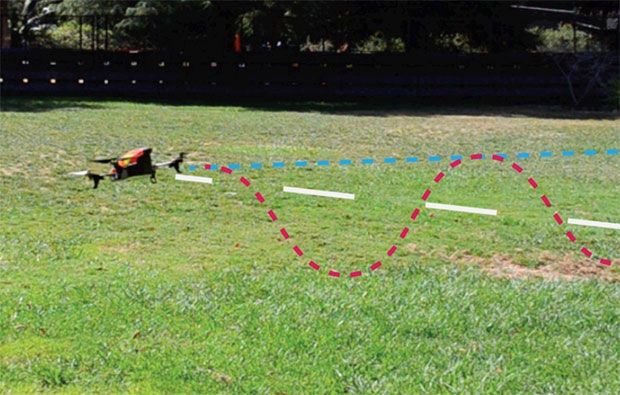
I like this article; why? Because if I plan to make any investment into a robot that is my personal assistant, or housekeeper, or caregiver, etc. I want to ensure that they fit my own needs as a person. Many of us have taken some sort of a personality profile for work; interview for jobs where you were reviewed to be a “fit” culturaly, etc. as well as met people 1st before you hired them. So, why should be any different from the so called “humnoid robots?” And, this should be intriguing for some of us where only 6% of your gender thinks and processes information like you do.
Emotional behaviors can make your drone seem like it’s an adventurer, anti-social, or maybe just exhausted.

Now, we’re saying 50 yrs instead of 30 yrs. And, 3 months ago it was 10 yrs. I guess 6 months from now it will be 100 yrs from now. Folks need to get a little more pragmatic instead of hyping too much or you will lose creditability with consumers and the markets.
Pew Report: Majority think AI will replace humans, though most still believe their job is secure by Steven Loeb on March 10, 2016.


Not sure that I buy into this one. Hand gestures like anything else is often influenced by someone’s background, culture, etc. It is a known fact that in the US we have terrorists of all backgrounds not just from a particular origin, etc.; so not sure that it would have picked someone like Timothy McVeigh as a terrorist. https://lnkd.in/b4kws3t show.

Gruesome videos of terror-driven killings have grown increasingly common over the years, and, cloaked by a scarf or a hood, the perpetrators can be difficult to identify. Researchers in Jordan have now developed a way to recognize terrorists when they make the commonly displayed ‘V’ sign.
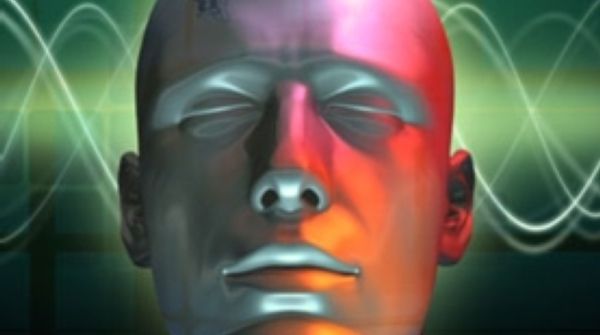
I believe there are good advances in AI due to the processing performance; however, as I highlighted earlier many of the principles like complex algorithms along with the pattern & predictive analysis of large volumes of information hasn’t changed much from my own work in the early days with AI. Where I have concerns and is the foundational infrastructure that “connected” AI resides on. Ongoing hacking and attacks of today could actually make AI adoption fall really short; and in the long run cause AI to look pretty bad.
A debate in New York tries to settle the question.
By Larry Greenmeier on March 10, 2016.
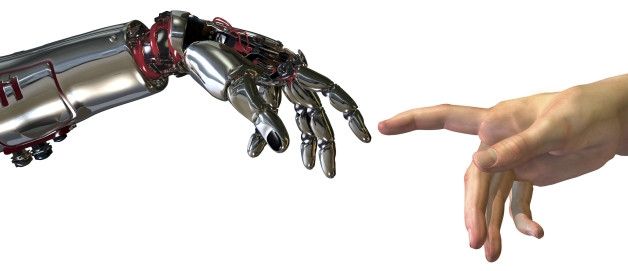
When I work on AI today and looking at it’s fundamental principles; it is not that much different from the work that I and another team mate many years ago did around developing a RT Proactive Environmental Response System. Sure there are some differences between processors, etc. However, the principles are the same when you consider some of the extremely complex algorithms that we had to develop to ensure that our system could proactively interrupt patterns and proactively act on it’s own analysis. We did have a way to override any system actions.
These questions originally appeared on Quora — the knowledge sharing network where compelling questions are answered by people with unique insights.
Answers by Neil Lawrence, Professor of Machine Learning at the University of Sheffield, on Quora.
Q: What do you think about the impact of AI and ML on the job market in 10, 20, 50 years from now?
A:I think predicting anything over longer than a 10 year horizon is very difficult. But there are a few thoughts I have on this question.
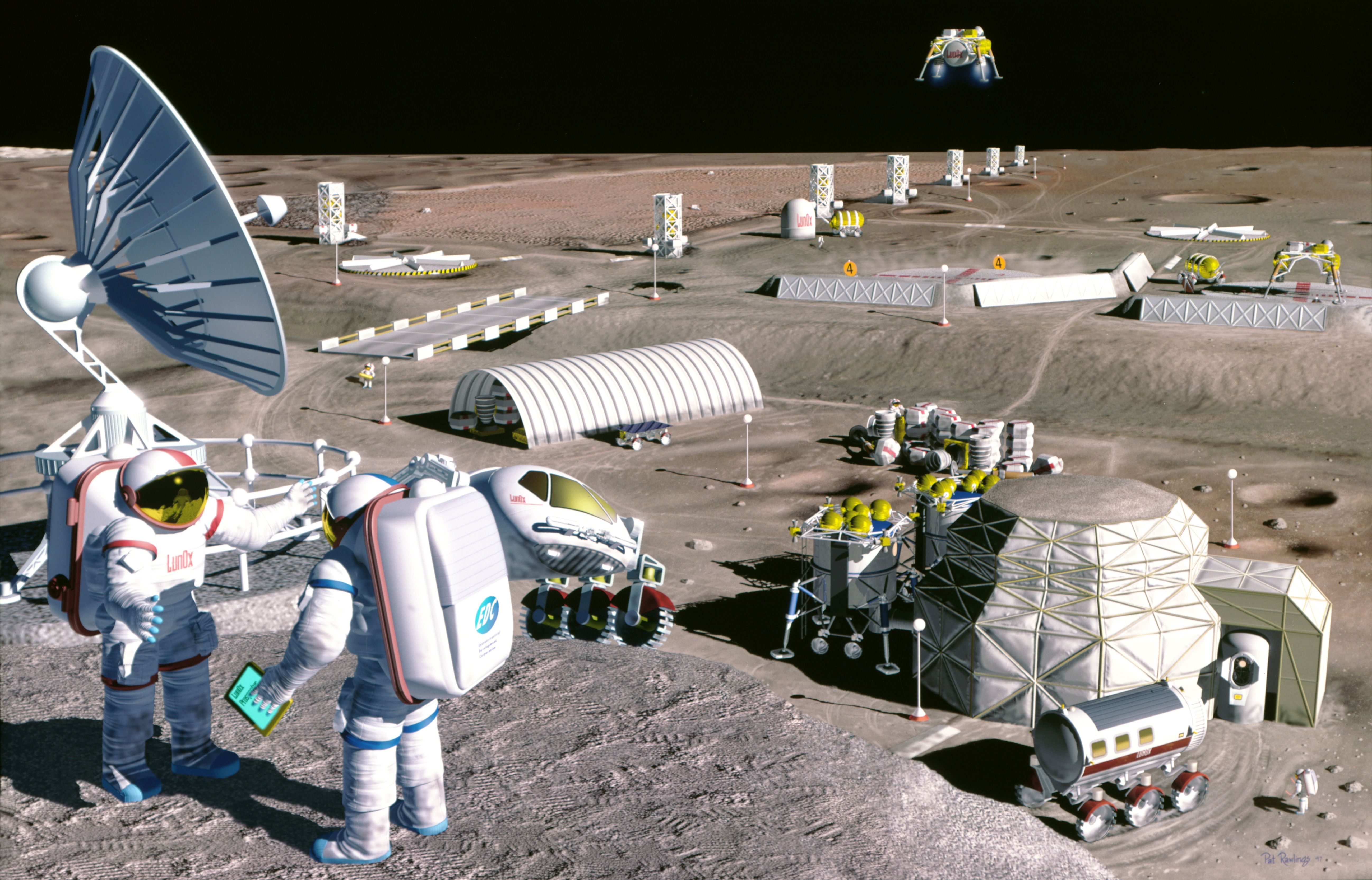

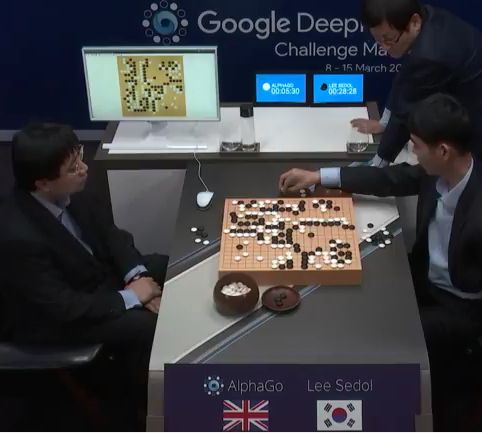
Google DeepMind’s machine-learning AlphaGo program has defeated South Korean Go champion Lee Sedol in the first match of five historic matches between human and AI, taking place in Seoul.

The second round will take place today (Wednesday March 9 in U.S.) at 11 PM ET (1 PM KST), also covered on YouTube.